-
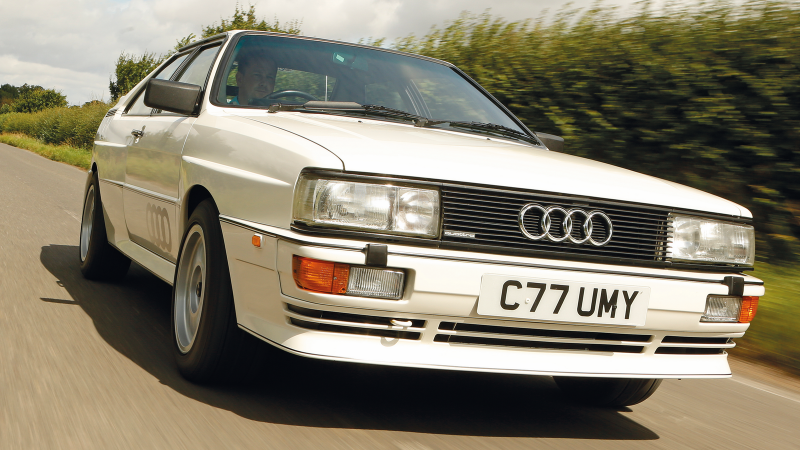 © Tony Baker/Classic & Sports Car
© Tony Baker/Classic & Sports Car -
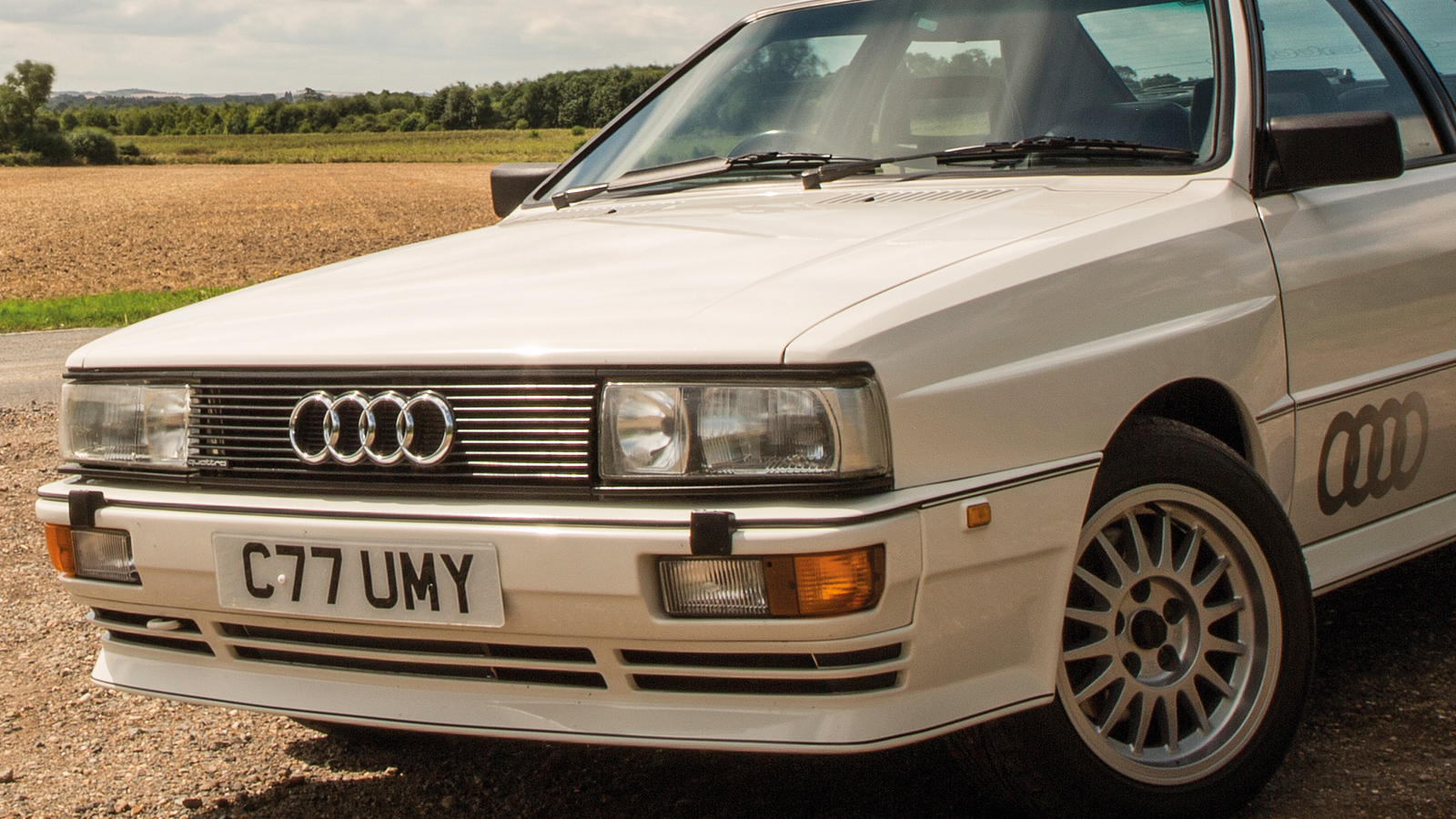 © Tony Baker/Classic & Sports Car
© Tony Baker/Classic & Sports Car -
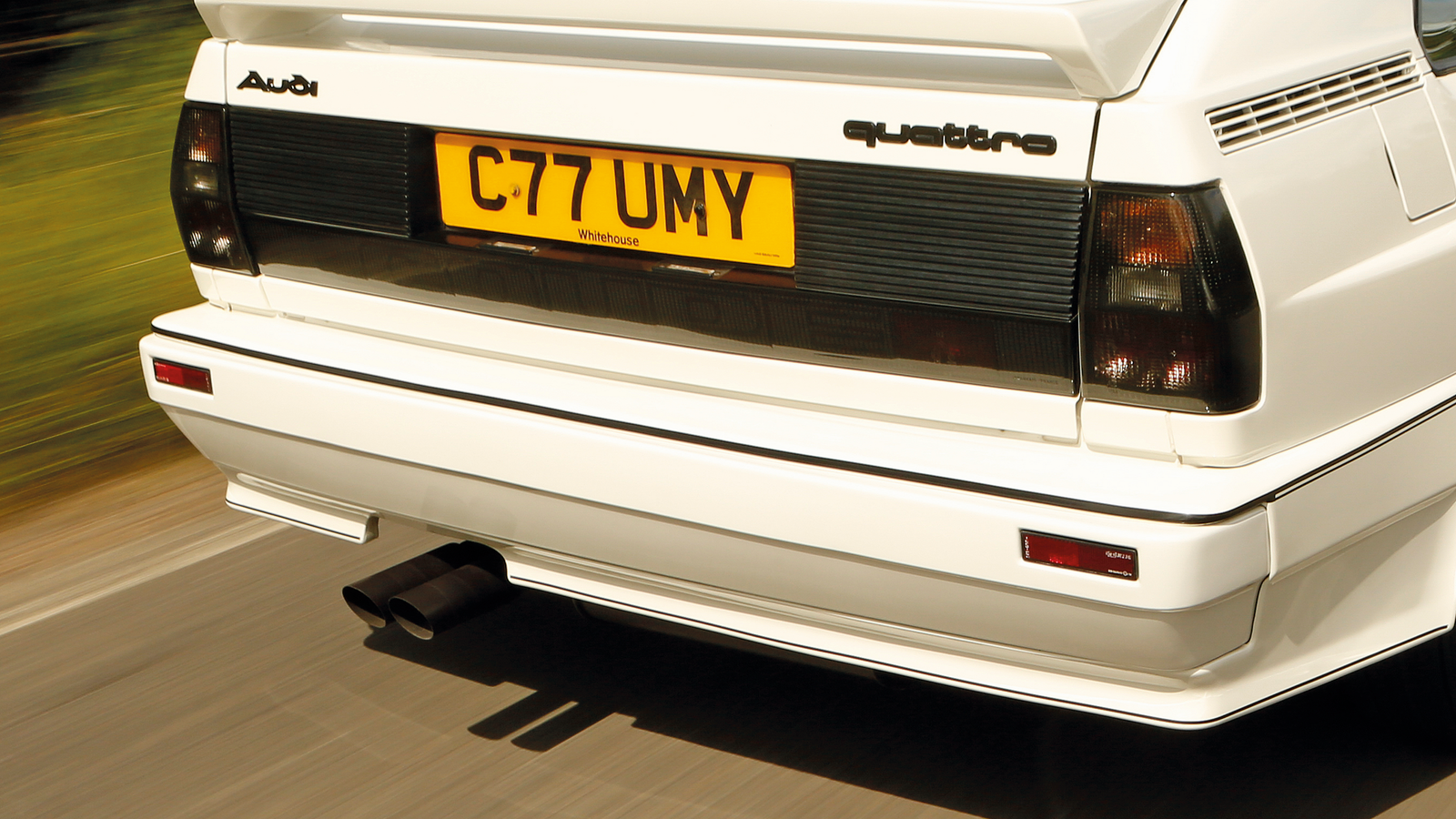 © Tony Baker/Classic & Sports Car
© Tony Baker/Classic & Sports Car -
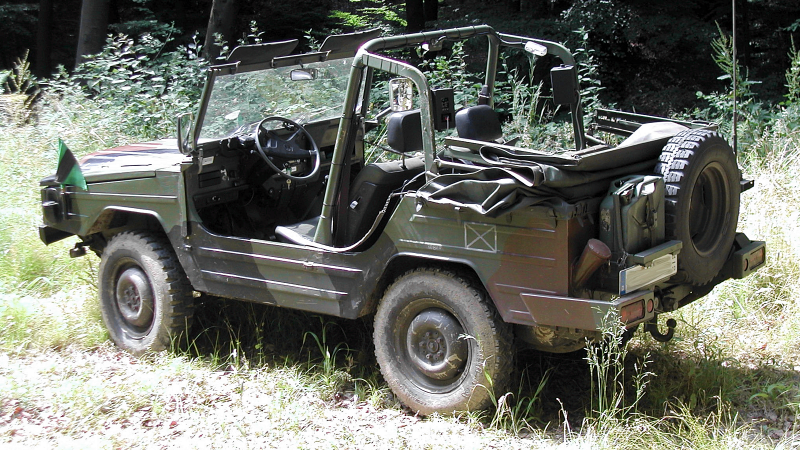 © Gunther E. Biernat (Public Domain)
© Gunther E. Biernat (Public Domain) -
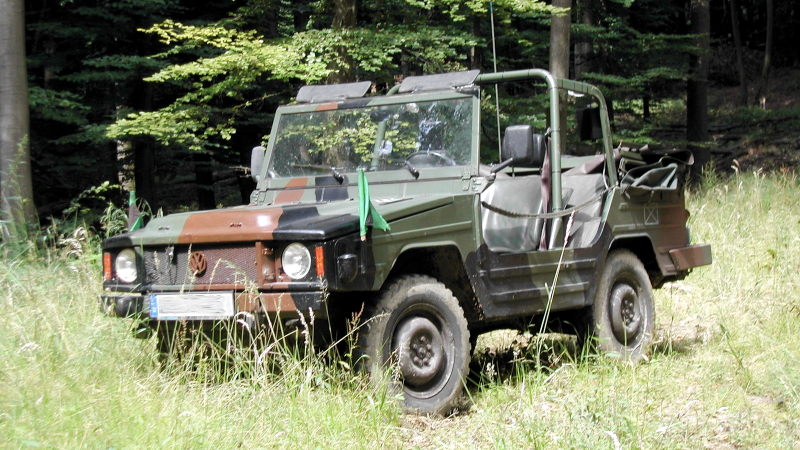 © Gunther E. Biernat (Public Domain)
© Gunther E. Biernat (Public Domain) -
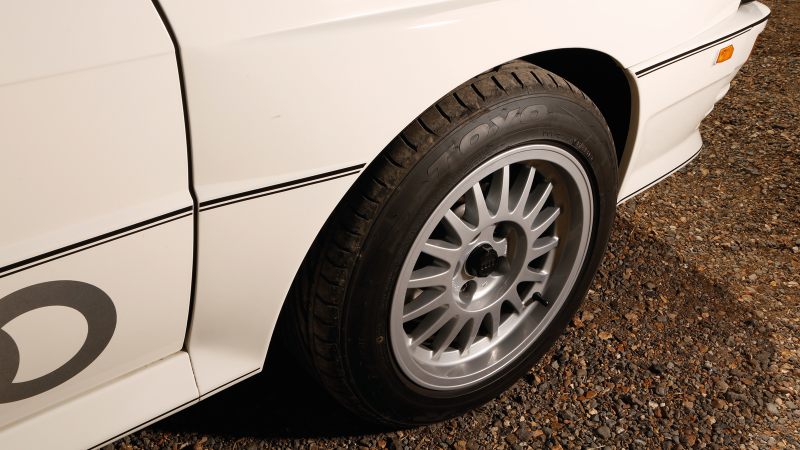 © Tony Baker/Classic & Sports Car
© Tony Baker/Classic & Sports Car -
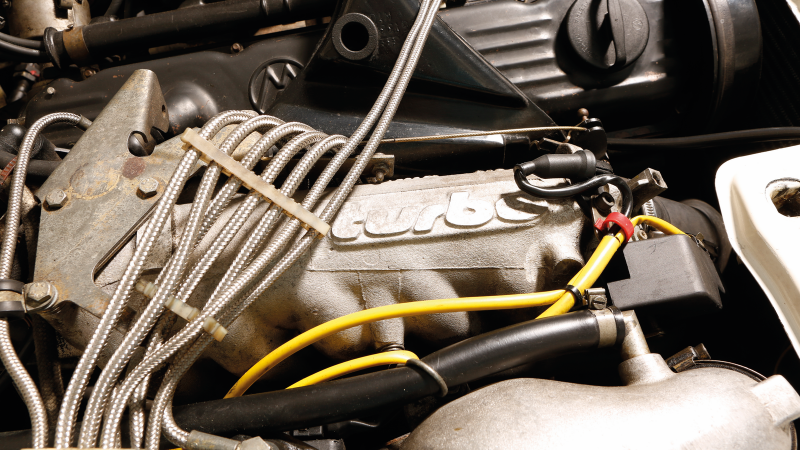 © Tony Baker/Classic & Sports Car
© Tony Baker/Classic & Sports Car -
 © Audi
© Audi -
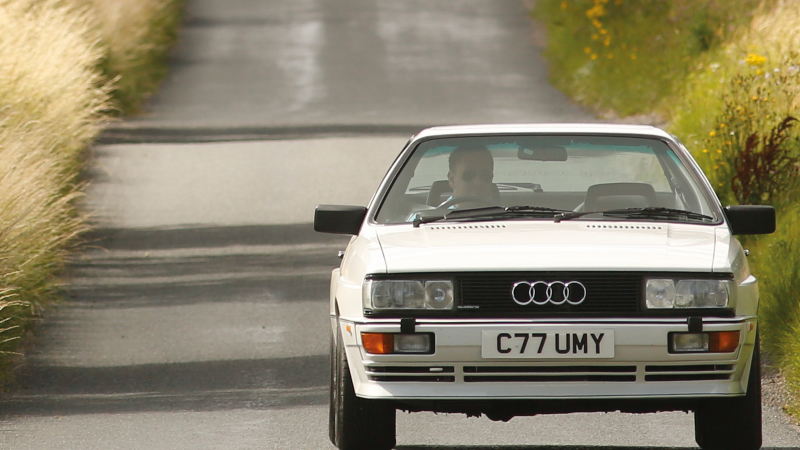 © Tony Baker/Classic & Sports Car
© Tony Baker/Classic & Sports Car -
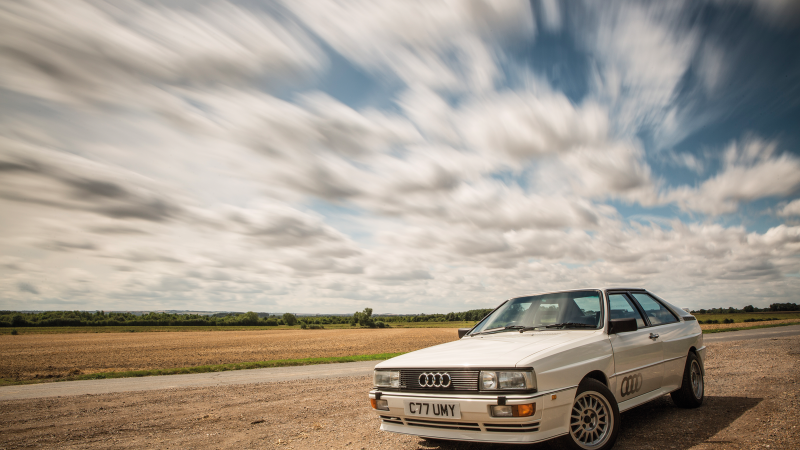 © Tony Baker/Classic & Sports Car
© Tony Baker/Classic & Sports Car -
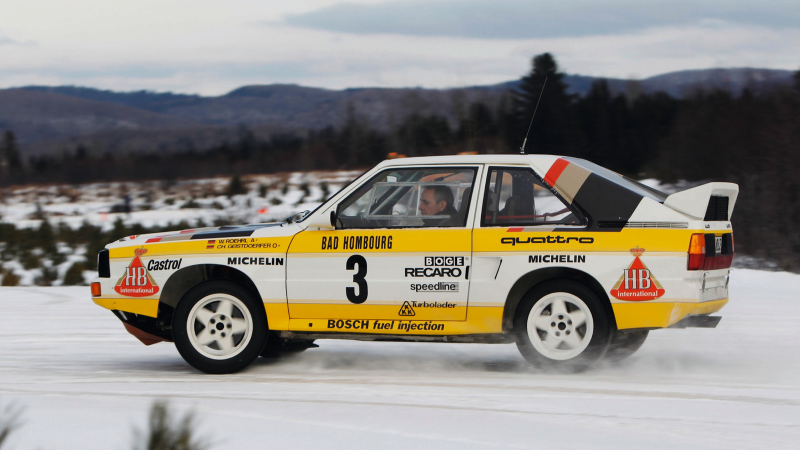 © Audi
© Audi -
 © Audi
© Audi -
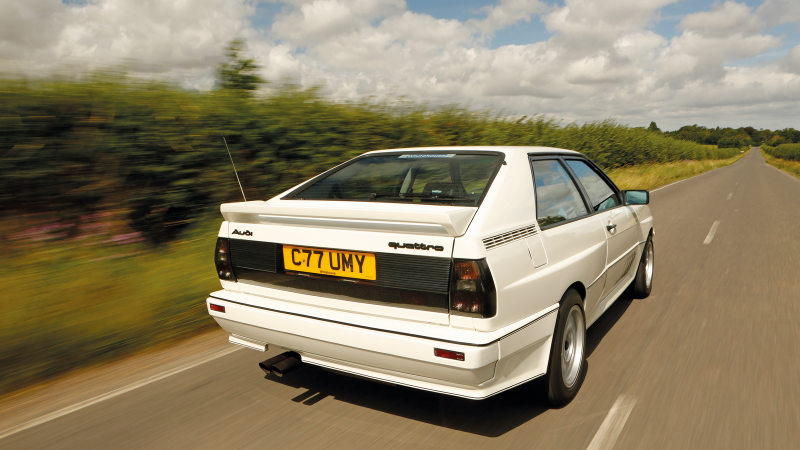 © Tony Baker/Classic & Sports Car
© Tony Baker/Classic & Sports Car -
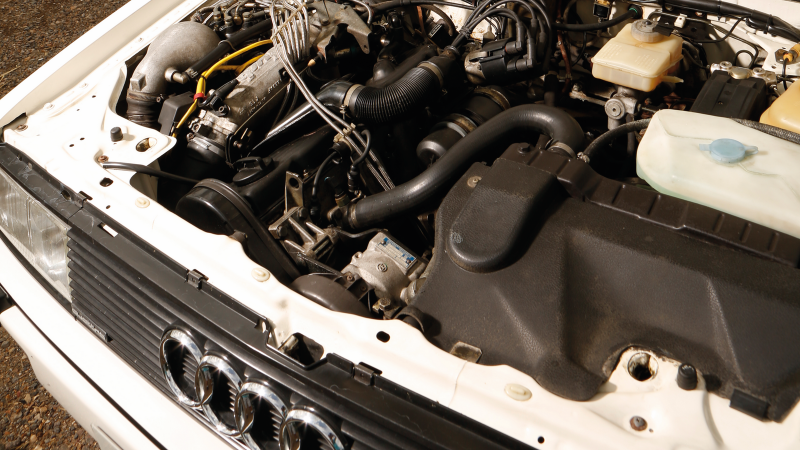 © Tony Baker/Classic & Sports Car
© Tony Baker/Classic & Sports Car -
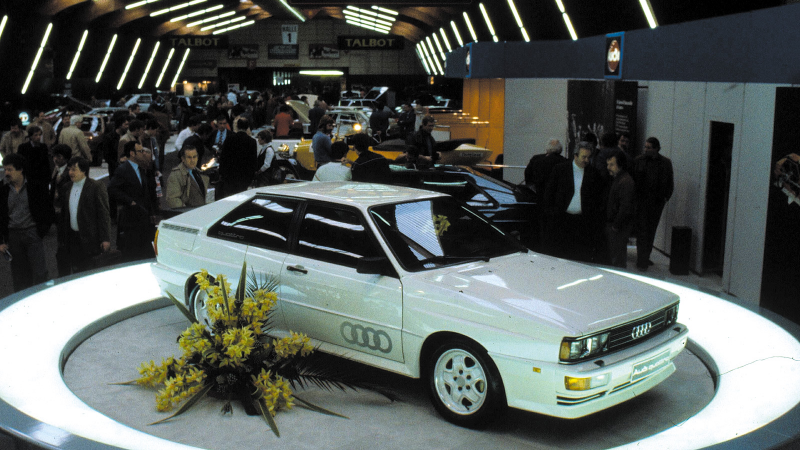 © Audi
© Audi -
 © LAT Photographic
© LAT Photographic -
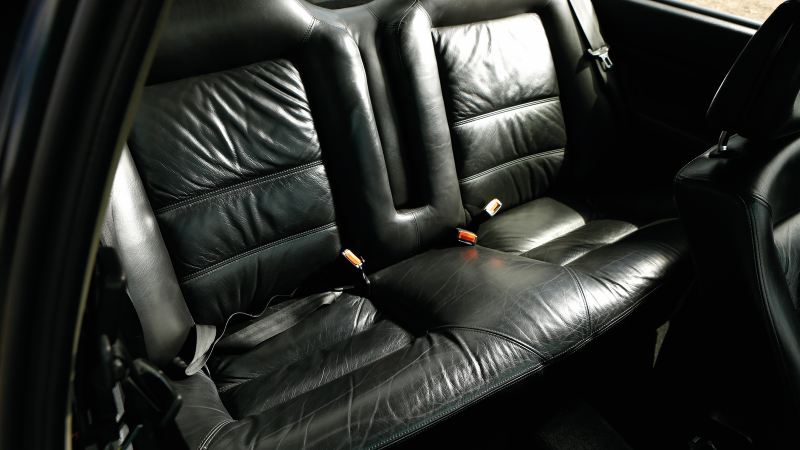 © Tony Baker/Classic & Sports Car
© Tony Baker/Classic & Sports Car -
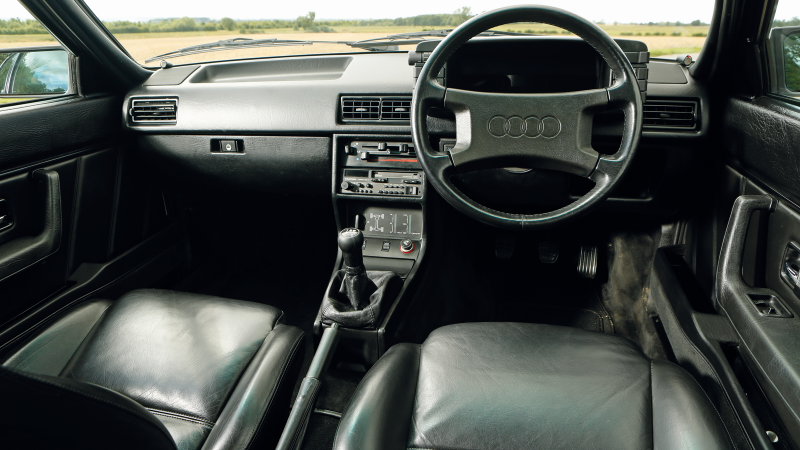 © Tony Baker/Classic & Sports Car
© Tony Baker/Classic & Sports Car -
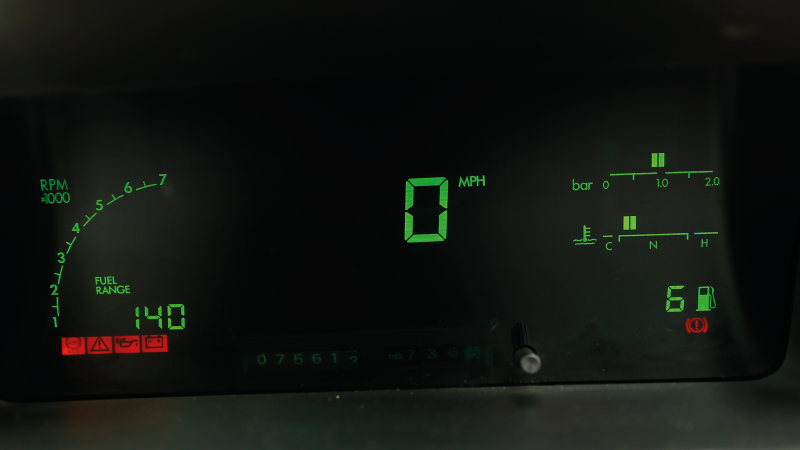 © Tony Baker/Classic & Sports Car
© Tony Baker/Classic & Sports Car -
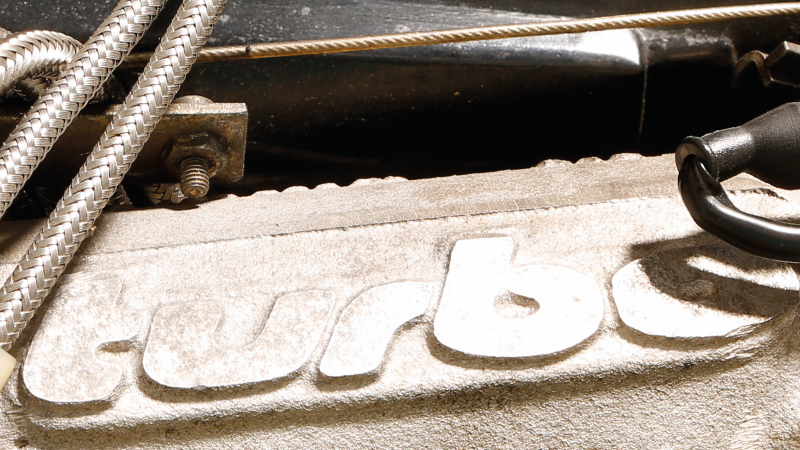 © Tony Baker/Classic & Sports Car
© Tony Baker/Classic & Sports Car -
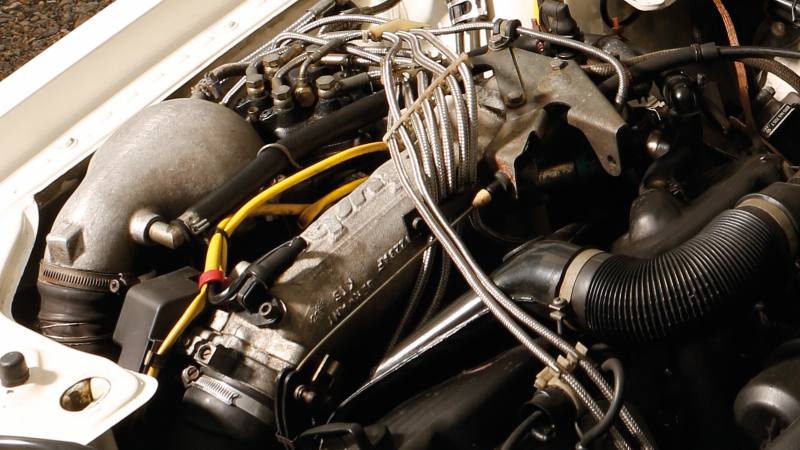 © Tony Baker/Classic & Sports Car
© Tony Baker/Classic & Sports Car -
 © Tony Baker/Classic & Sports Car
© Tony Baker/Classic & Sports Car -
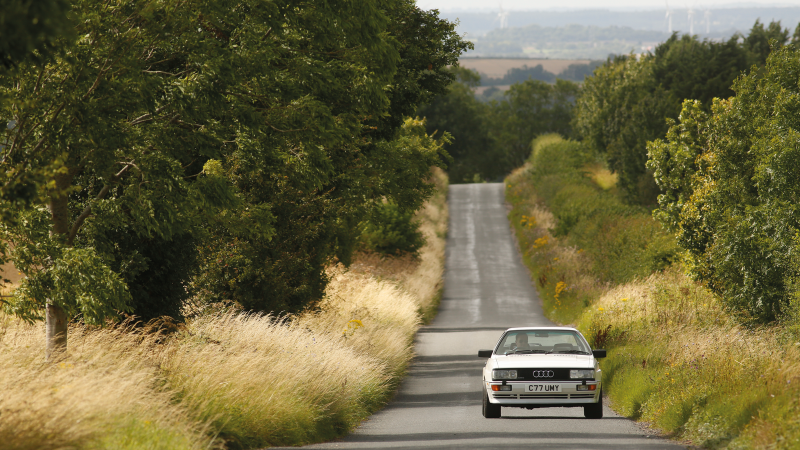 © Tony Baker/Classic & Sports Car
© Tony Baker/Classic & Sports Car -
 © LAT Photographic
© LAT Photographic -
 © Tony Baker/Classic & Sports Car
© Tony Baker/Classic & Sports Car -
 © LAT Photographic
© LAT Photographic -
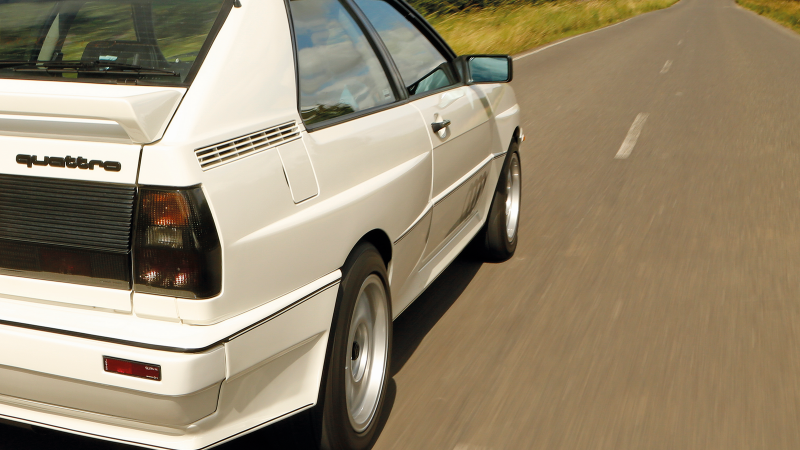 © Tony Baker/Classic & Sports Car
© Tony Baker/Classic & Sports Car -
 © Audi
© Audi -
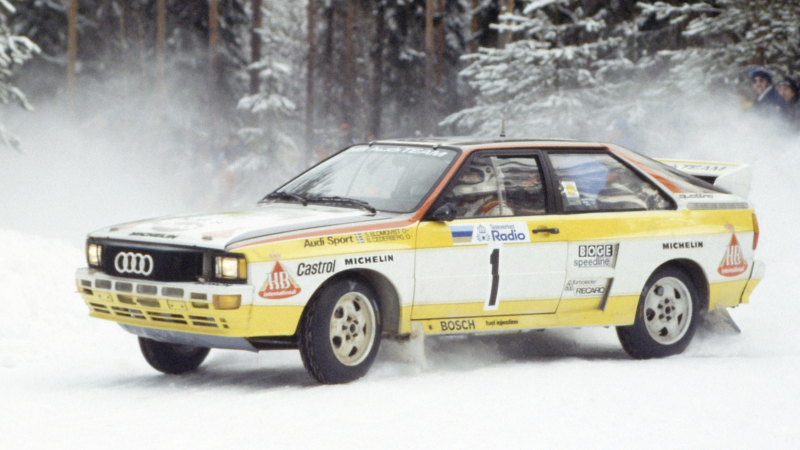 © LAT Photographic
© LAT Photographic -
 © Tony Baker/Classic & Sports Car
© Tony Baker/Classic & Sports Car
-
How an ’80s legend defined performance for years to come
Audi today is many things to many people: global powerhouse, supercar manufacturer and 13-time Le Mans winner.
Go back 36 years, though, and people didn’t expect to buy a cutting-edge performance car from the Ingolstadt marque.
All of that changed with the quattro (the lower-case ‘q’ is Audi’s style). A quantum leap for Audi, the four-wheel-drive masterpiece change motoring forever – and its basic concept can still be found in the Audis of today.
Here’s the story of Audi’s game-changing turbo 4x4.
-
Bensinger’s bright idea
It all started with Jörg Bensinger, a man who joined Audi’s R&D section in 1968. With a wealth of chassis and transmission experience behind him, he was staunch believer in applying four-wheel drive to a performance car.
-
Four for more
Bensinger’s argument was that the technology would make performance models much easier to control at high speeds.
“I was convinced about four-wheel drive,” he remembers today.
-
Military inspiration
For a long time his ideas existed only on paper, with no practical way of making them a reality. But then Audi became involved with the development of the Volkswagen Iltis, a new, small military vehicle that would carry four-wheel drive.
-
Winner in the winter
During winter testing in Scandinavia, the Iltis – fitted with a humble 1.7-litre engine – romped away from much more powerful two-wheel-drive Audis, and Bensinger recognised his opportunity.
-
More evidence needed
“I knew that, theoretically, it should have been possible,” he explains. “Then the Iltis came along, so we built a car with which to convince the Volkswagen establishment.
“I didn’t have much support at the start – really, the only help came from Ferdinand Piëch. In fact, Volkswagen wanted to convince Audi not to do it.”
-
Proof of concept
In March 1977, Bensinger took an Audi 80, fitted it with the Iltis transmission as well as the 160bhp five-cylinder engine from a 200 Turbo, and set about proving his concept.
-
Daring demonstration
In January 1978, the prototype ‘A1’ was taken to the steep, daunting and snow-covered Turracher Höhe pass in the Alps – and Volkswagen’s most senior sales and marketing folk were invited along.
-
Top marks on the pass
Despite not wearing winter tyres or chains, the car made its way up a road that, legend has it, normal traffic couldn’t even get within 2km of – let alone drive up.
-
Time to sell
Even after the demonstration, Volkswagen sales director Dr Werner P Schmidt wondered who would buy the 400 examples that needed to be built to qualify the car for competition.
As Bensinger remembers: “I replied to him that, if he gave me a licence, I’d sell them myself.”
-
Rally stage showroom
The quattro’s involvement in motorsport would take the form of rallying, even though competition was emphatically not the new machine’s focus.
“It was always in my mind that it would just be a road car,” confirms Bensinger.
-
Publicity means prizes
“But, at that point,” Bensinger continues, “Audi was not in the position – like, for example, BMW and Mercedes were – to introduce something like this without promotion and publicity behind it. It was a very, very important car for the company. Along with the development of the direct-injection diesel, it got Audi to where it is now.”
-
Fast on the asphalt
For it to work as a road car, the quattro concept had to be proven on hard, dry surfaces as well as loose, slippery ones.
Audi therefore took the 160bhp prototype to Hockenheim in Germany, where it lapped the circuit’s ‘short’ layout only slightly slower than a Porsche 928.
-
Different differential
The potential was clearly there, but engineers had identified areas for improvement.
Having driven the car, Paul Frère confirmed the need for a centre diff to improve its low-speed manners. A modified version from the VW Polo/Audi 50 was promptly added.
-
Small team, big show
Even after production approval had been given, Bensinger was leading a team of fewer than a dozen engineers – but still they managed to get the car ready for a stunning debut at the 1980 Geneva Salon.
-
Revelatory performance
We asked experienced motoring writer Mel Nichols for his favourite memory of the quattro and he instantly plumped for its first outing.
‘On the wet, icy and snowy Swiss roads it was a revelation,’ he wrote. ‘Most who drove it that day loved it and hailed it as a revolution.’
-
Sales success
Even though the quattro cost twice as much as Audi's next most expensive model at launch, it was obvious to everyone that the firm was going to shift far, far more than the original prediction of 400.
Soon, 3500 became the target – but more than three times that number would eventually leave the factory.
-
Lefties only
From launch until 1982, the car was available only in left-hand drive, though a couple of companies made right-hand drive conversions available for UK customers.
-
Digital update
In ’83, the iconic quad-lamp nose was replaced by single, rectangular Cibié headlights and left-hookers received a new digital dashboard that made it to the UK for ’84.
That was also the year in which ABS was introduced, as were wider wheels – 8in, up from 6in – and a ride height that was 20mm lower all round.
-
Variable split
In 1988 came a slightly larger 2226cc engine with a smaller turbocharger, plus a Torsen centre diff – the unit the car would ideally have launched with.
Rather than splitting drive 50:50 between front and rear, it could send anywhere between 25% and 75% of power to the axle that had the most grip.
-
Out with a bang
Finally, in 1989 the 20-valve version was introduced. Its power unit was derived from that of the 306bhp short-wheelbase Sport quattro homologation special of 1984.
With 220bhp and 228lb ft of torque at its disposal, this ultimate iteration saw the quattro through to retirement in 1991.
-
Still a quick one
Even today, the basic quality of Bensinger’s concept soon makes itself clear: the quattro remains a very easy car to drive quickly.
Once it’s on boost and hoofing, the quattro delivers a sustained and effortless shove in the back, and maintaining that momentum is almost embarrassingly straightforward.
-
Power on tap
Few cars flatter you as much as this, or enable you to so easily tap into their reserves of performance.
-
Winning adjustment
As Michèle Mouton – four-time rally winner for Audi in the early ’80s – reflects: “As soon as I drove the quattro, I knew that it was the future. It was so efficient. Four-wheel drive made such a big difference – we had to get used to the rear not sliding, for a start.”
-
Endless grip
Through long, fast corners, the Audi is supremely composed, with the nicely weighted steering enabling you to place it accurately. In tighter bends it grips tenaciously, and you can get on the power earlier and more confidently than you would in a rear-drive car.
-
Seal of approval
“I liked the quattro very much. It gave you so much confidence and was nice to drive,” Mouton continues.
“The short-wheelbase quattro was my favourite. It was so powerful! All of them were at their best on gravel, though. They’d always be talking to you, telling you how much grip there was.”
-
Simple formula
Looking back, Bensinger and his team succeeded because, far from being heavy, complicated and expensive, their ingenious four-wheel-drive system was based almost entirely around existing components – such as the 80’s front suspension.
-
Still going strong
“Our system was easy to realise and to put into production, and if I was to do it again I wouldn’t change it,” concludes Bensinger.
“I was able to do things exactly how I wanted. Even though I was convinced it would work, I could never have imagined that, today, 45% of all Audis sold would have the quattro driveline.”
-
True legend
None of its individual features were, in themselves, revolutionary – and it certainly wasn’t the first car to boast turbocharging or four-wheel drive.
Where it succeeded was in combining everything in a hugely desirable package that gained recognition and acceptance not just from motoring boffins and rally fans, but from the wider public.
-
Incredible legacy
It’s quite a legacy, and one for which everyone in Ingolstadt – and everyone who drives a modern Audi – owes Piëch, Bensinger and his fellow engineers a debt of gratitude.
